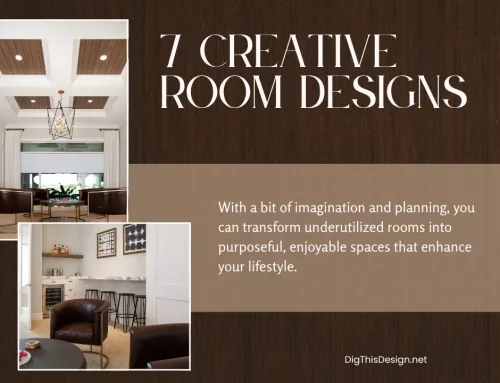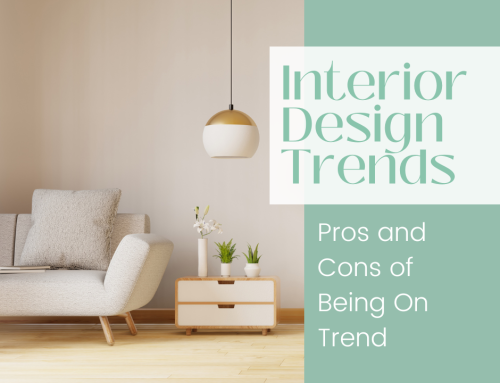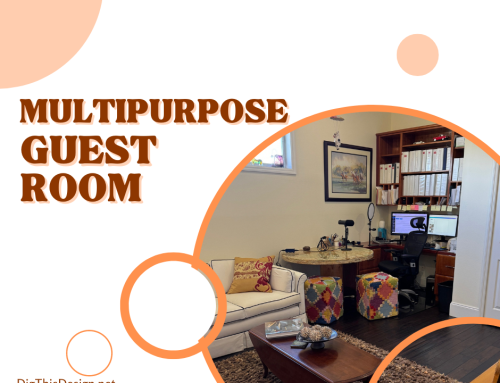We are rarely consciously aware of how our interior design affects our human behavior or moods, regardless, our environment has a psychological effect on our subconscious. Whether it be your home or office, how you design your space greatly influences your mood and emotions. I challenge you to walk through your home and note how your emotions change as you go from one room to the other. You might be surprised how much you learn from this mindful exercise.
This topic is something that is often overlooked by novice designers or first-time home buyers. So, I recommend that you take the time to learn how your interior design might affect you and your family at an intrinsic level. Here is a list of tips about how to design your interior to set the right mood in your space.
Human Behavior • Interior Design Tips for Mood Setting
Black and White Floors for Walkways
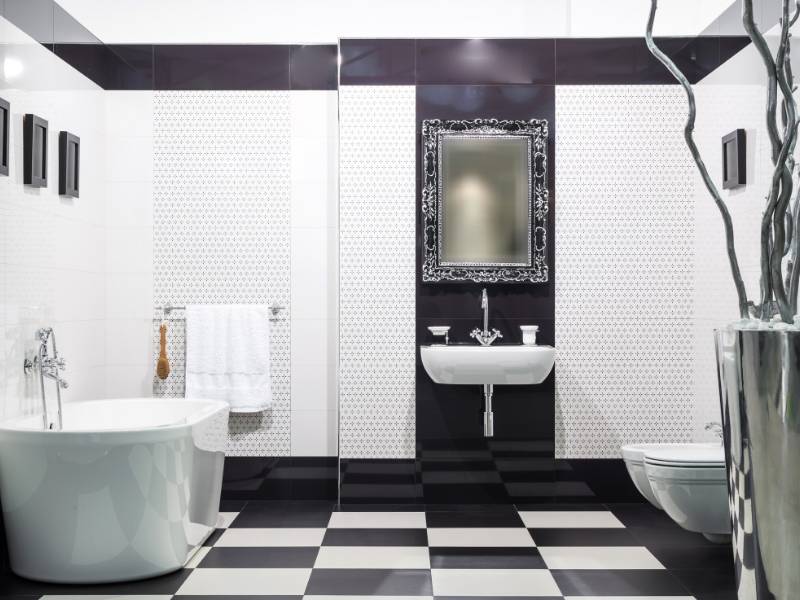
Black and white floors have been around for a very long time. We see them in old movies and as a result, they instill a feeling of nostalgia for some. However, do you know that the juxtaposition of black and white across a large space gives the human mind the subconscious signal that the floor is uneven?
Because of the feeling of being uneven, it makes you move quickly through a room. Fascinating! This is why you see this design in the areas of a home or business where there is a lot of traffic. You’ll commonly find this design in lobbies, cafeterias, entrances, and bathrooms.
Set the Mood with Proper Lighting
Let me ask you a few questions. Do you smile more when the sun is shining? Do you feel more creative when the lights are low? Why do some people dim the lights when they eat? How we set our lights is no mindless coincidence. Simply stated, it is to set the mood.
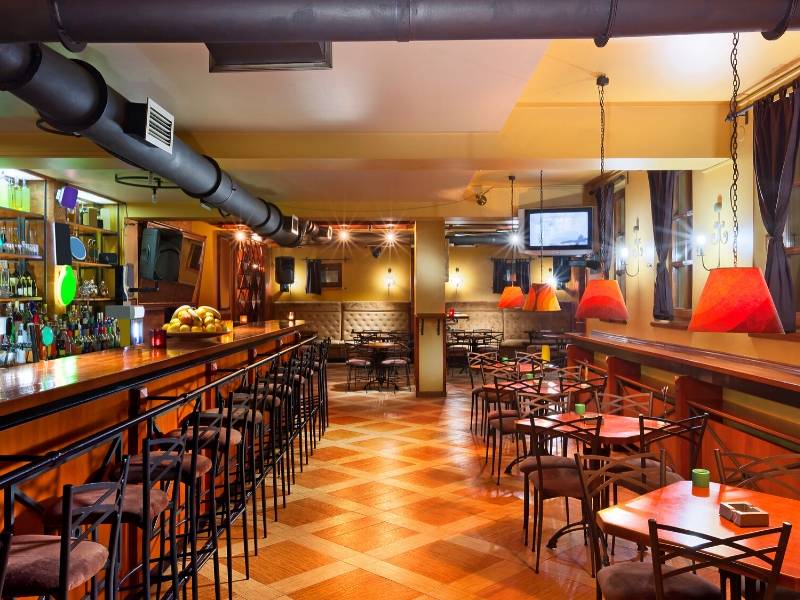
Notice the lighting in your favorite restaurant the next time you visit. Restaurants turn the lights down because dim lights interfere with the perception of our own satiety. For instance, inhibitions are lowered in dim lighting so you simply feel more comfortable eating larger amounts of food. Marketing trick? Absolutely.
Here are a few quick facts about how lights affect our emotions.
- Bright lights heighten emotions. The brighter the light, the more intense the emotions.
- Blue lights increase energy levels. However, turn them off at night if you want a good night’s sleep.
- Natural lights increase serotonin levels in our brains and make you happier. Employ natural lighting whenever possible.
- Additionally, when exposure is over a period of time, natural light helps alleviate symptoms of depression. This gives you a happier, healthier space.
Use Mirrors for an Expansive Feeling
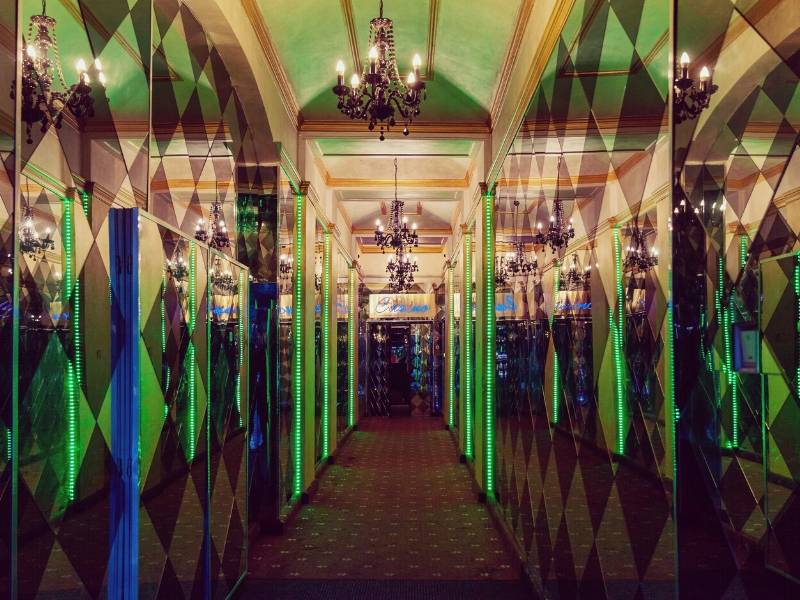
Mirrors have been in use by humans for thousands of years, but for a long time, they were too expensive for most people to own. However, with the invention of the modern-day silver glass mirror by German chemist Justus von Liebig in 1835, mirrors became affordable for everyone.
In our modern world, designers incorporate mirrors in their design concepts for every room in the home. The strategic placement of wall mirrors opens up a room and gives its occupants a feeling of expansiveness. When paired with natural lights that reflect around the room, your mirrors broadcast the light around the space and lift your spirits.
How Color Affects Human Behavior
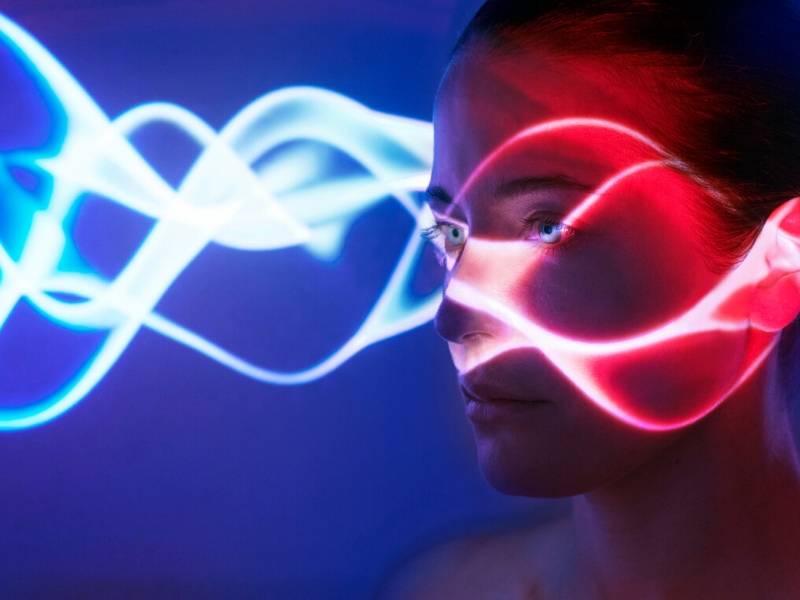
Another thing to consider when choosing colors is the season or theme of your design. For instance, the warm colors of Autumn evoke different feelings than the pastels of Spring. Moreover, the purpose of each room in your house is different and the decor should fit with the needs of the room.
Of course, before you begin any design, sit down and list the special considerations of each member of your household or office. If you mindfully decorate your space with everyone’s physical needs and emotions at the forefront of the design, your project is a guaranteed success.
Images Courtesy of Canva.
Other Posts You Might Enjoy:
Autumn 2018 Hot Color Trends to Warm Your Home
Elegant Mural Themes for Your Bathroom

